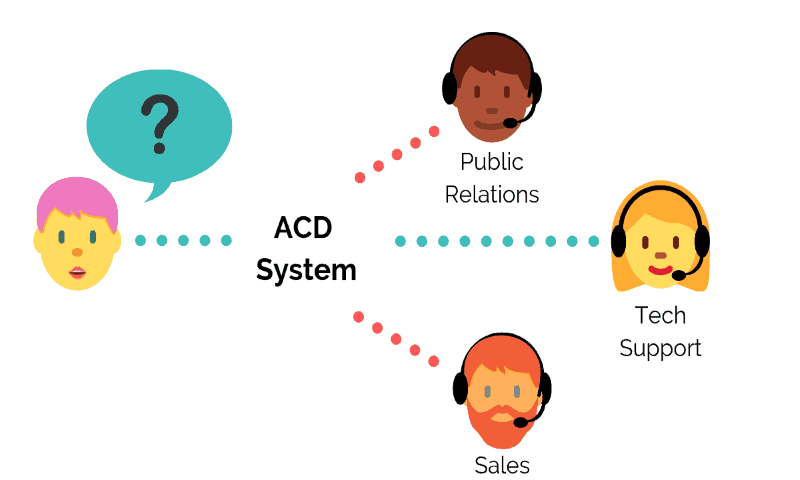An Automatic Call Distributor (ACD) is call center software that distributes incoming calls to different services. Those services could include live agents, IVR menus, recorded messages or other automated services.
The ACD will usually distribute callers to the most appropriate resource based on their needs and the volume of inbound calls to the call center. It achieves this through integration with other software the call center uses.
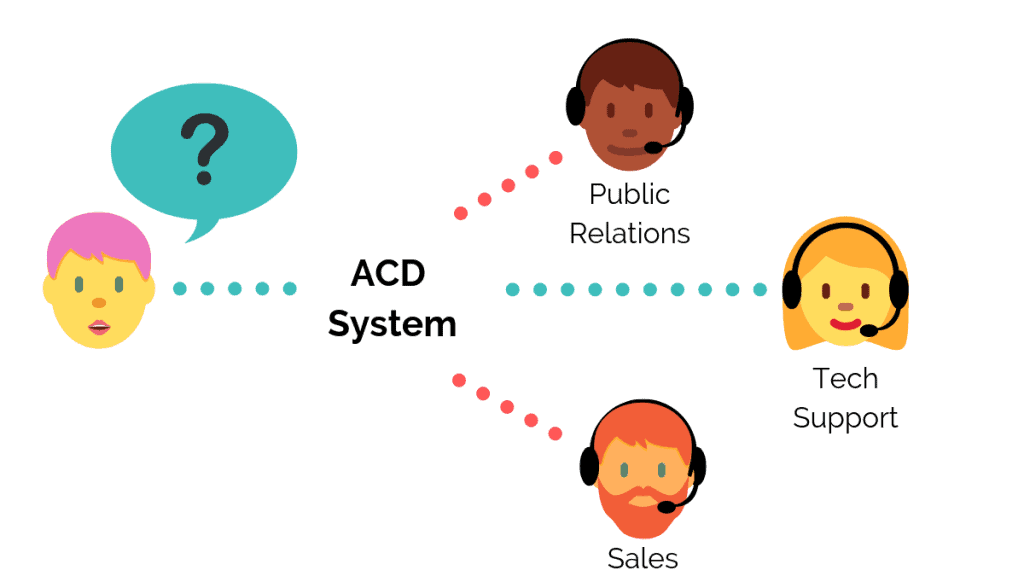
Why get creative with your ACD?
A lot of customers place a lot of calls for a lot of reasons. But what one thing does every customer have in common?
They all go through your ACD.
That’s why your ACD needs attention. Call centers will spend time and money developing an individual agent who ultimately talks to just a handful of your customers. So how much effort is your ACD worth?
The inbound call center can use their ACD in a lot of creative, CX-boosting ways. Let’s look at four call routing methods that show both the benefits and the technical challenges they face:
1. Location-based call routing
There are a few reasons it’s worth taking location into account when routing calls. First, you can make an educated guess about language preference. Second, you can offer customers the service that’s most local – and therefore most relevant – to them.
It’s simple to achieve because you can base the routing decision on the caller’s area code, meaning a shorter adventure in IVR-land. Knowledgable agents are worth their weight in wireless headsets, but 60% of failed FCRs are down to agents who don’t know or can’t access the right information.
Technical requirements:
- Calling Line Identification (where are they calling from?)
- Automated mapping of callerID to CX journey and business logic
- Flexible IVR to deliver the right experience
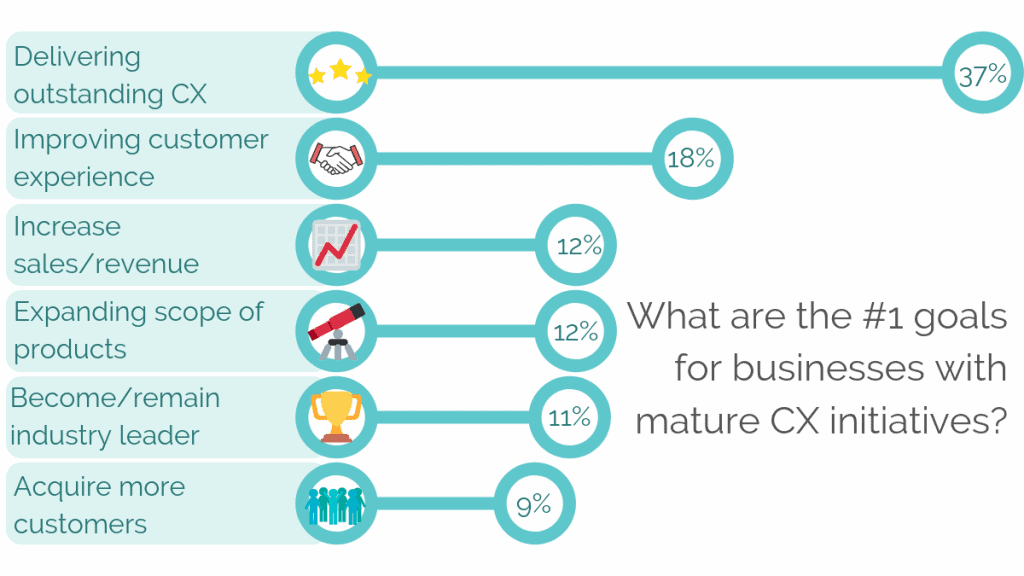
2. Status-based routing
There are few things that will annoy a customer more than having to explain their problem more than once. 72% of your customers expect you to know two very important things straight out of the gate: who they are, and what they’ve bought from you.
They also expect a reasonable level of insight into their past interactions with you – especially if there’s a live issue in progress.
Put it in everyday terms: you meet someone who knows your name and mentions an event you both attended. Wouldn’t you be embarrassed if you couldn’t remember them?
In practical terms, status-based routing means being able to make routing decisions from things like live Helpdesk tickets or complaints.
Technical requirements:
- Helpdesk and/or CRM integration (what issues are open for the caller?)
- Flexible automation based on data lookups
- Instant on-screen data for agents
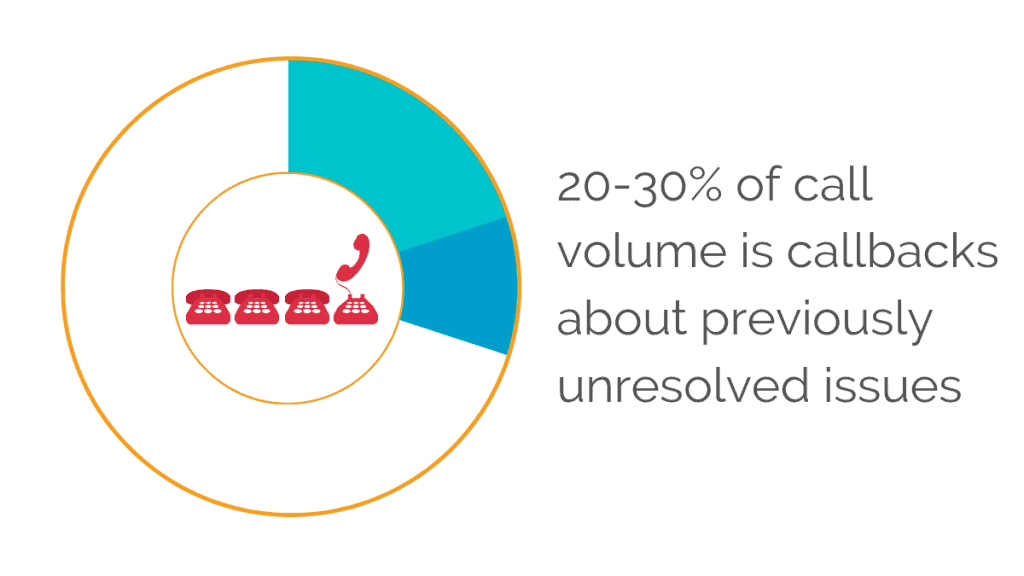
3. Campaign-based routing
Campaign-based routing means providing several phone numbers and basing routing decisions on which the caller is using.
This is generally used within sales and marketing campaigns to both measure the effectiveness of advertising and direct callers to the right agents. Callers might also hear a specialized recorded message when calling through on this number, to begin lead nurturing.
Beyond its value as a measurement tool, campaign-based routing is useful when thinking about customer journey design. Customers are far, far more likely to rate themselves as ‘satisfied’ when businesses focus on journeys, rather than just touchpoints.
We often hear complaints about marketing campaigns that are set up without enough warning for the call center. Not only does that annoy your traffic manager, it undermines the campaign if agents aren’t familiar with it.
Technical requirements:
- Multiple inbound phone numbers
- Whisper tones/ on-screen guidance to advise agents
- Auto tracking of dialed number to campaign
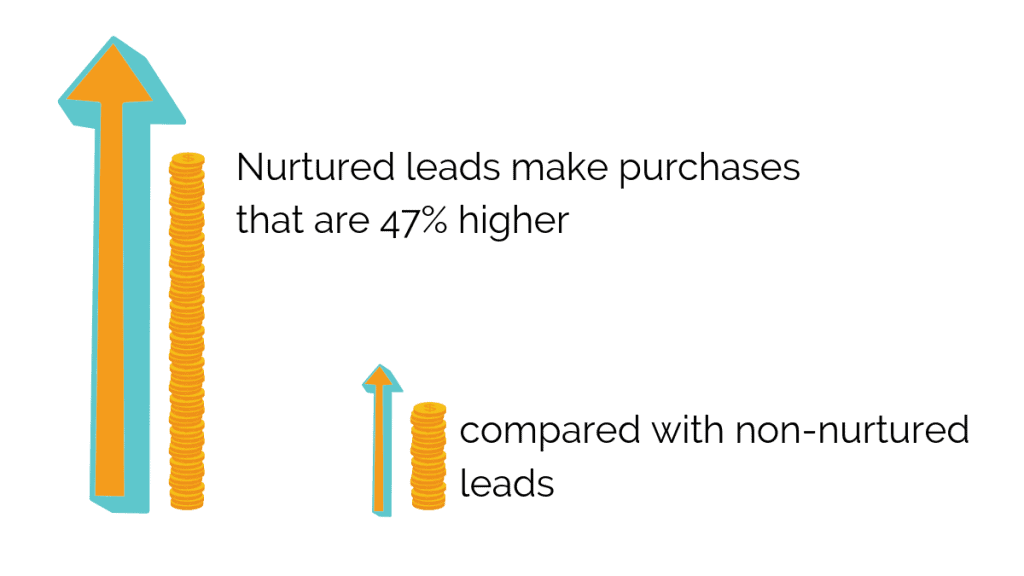
4. VIP call routing
Any good hotel concierge recognizes the regulars and remembers their preferences. So let’s be that concierge.
How do you define ‘VIP’? Maybe you’re looking for a long history of high-value purchases. Otherwise, you might focus on:
- an anticipated sale, yet to come
- a key decision-maker
- a vulnerable customer
Defining a VIP is the first step. It’s very important to get it right because around half of customers expect some kind of special treatment for being loyal.
Part two is what you do with those loyal customers. Typically, VIP routing means reducing time to answer, directing to highly skilled agents and generally giving them the best version of your service.
Technical requirements:
- CRM and/or Helpdesk integration (who’s calling?)
- Highly customizable call routing (create and manage personalized journeys)
How simple is it to update your ACD?
Now, the key question: can you actually achieve any of this?
Older ACD systems do struggle when it comes to the deep integrations and the simple call flow design & build needed to evolve call routing.
That flexibility is available in cloud-based solutions of course… but involves migrating ACD routing processes – often 1000+configured routes – without derailing customer service.
It’s something that keeps call center managers awake at night.
There are so many projects they’d like to see through, like the (potentially) simple routing techniques above. Moving to the cloud also presents a range of other benefits, like the quick and easy delivery of virtual queueing, IVR personalization and automated peak management.
But it’s the migration that dampens enthusiasm. The good news is that it’s nothing like the headache it used to be. Even the largest migration takes only a matter of weeks, with no disruption of service.
In fact, moving some or all of your call tools to a cloud-hosted alternative is probably a lot simpler than you expect – and that’s what we’ll look at in next week’s post.

